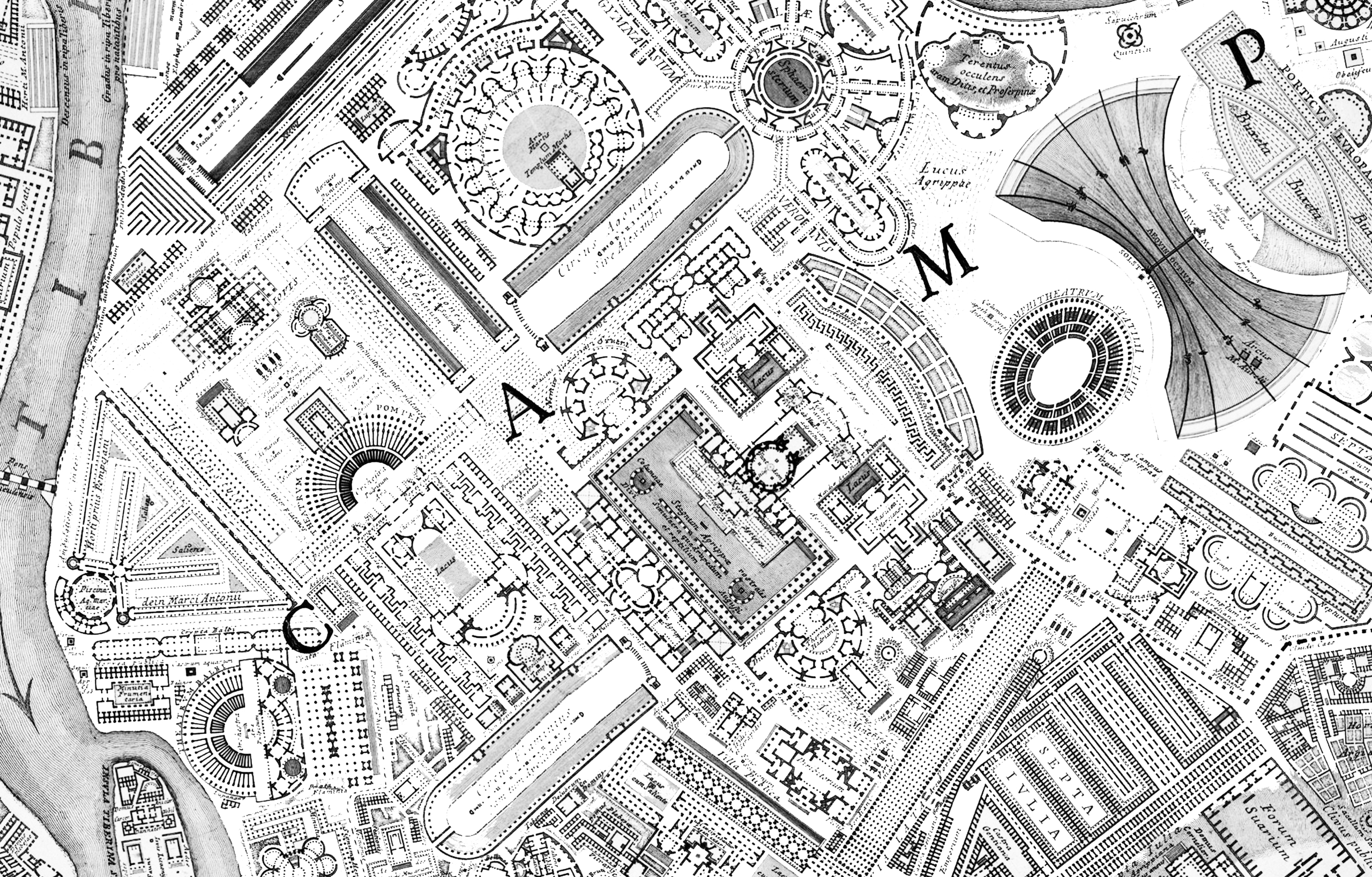CONTEXTUAL / NON CONTEXTUAL / NON FACADE
This essay examines the contrasting approaches of contextual and non-contextual design to argue that architecture with its sociopolitical relevance and formal representation can be dissociated from the context it “happens” in and interrupt, disrupt, “contaminate” and challenge traditional norms.
In the early stages of the design process the architect, seen here more as an inventor of relations, a set of divided orders, combinations and permutations possible between different categories of analysis (history, urban space, movement etc), “negotiates” an architecture of permutation , the “ordering of a large set of variables which implies a set of relations manifested in an intricate way”. To find a new paradigm/model that goes beyond the notion of architecture as a series of forms which attempt to have an expressive value, the architect analyses a range of possibilities, contextual and in extent non-contextual, to form complex transformational relations. This essay examines the contrasting approaches of contextual and non-contextual design to argue that architecture with its sociopolitical relevance and formal representation can be dissociated from the context it “happens” in and interrupt, disrupt, “contaminate” and challenge traditional norms.
Contextual Design
In a traditional and more straightforward way, being contextual is putting emphasis on the relationship between a building and the surrounding urban (cultural / historical etc) fabric, using elements from that close environment to adapt the building’s form, materiality, style and scale, to connect with the pre-existing elements around it, to give a sense of continuity. Here, it is not meant for just using architecture as a history of styles but rather to produce an architectural model informed by the city and the immediate urban context.
A “perverted” form bearing the ability to “read” layers of the city’s history and offer systems or methods to re-read the city, in a number of orthodox and un-orthodox ways, for the production of new paradigms of architecture.

Non – Contextual Design
This type of architecture aims at challenging a building model designed in continuity or harmony with the immediate context, and emphasises on a more introvert, self-referential, autonomous building model which ultimately asserts its own identity. This approach involves more experimental methods and techniques of design, more liberating with focus on abstraction, distancing the design from pre-conceived orders, identities and cultural heritage, similar to Piranesi’s Campo Marzio where in a single map Piranesi attempts to break with history and detach architectural form from tradition.
Non-contextual models seek to “interrupt” the continuity and “disrupt” any connection with their context. The term “disrupt” used here to describe the “violent” nature of the architectural act.
Emerging from the ideas implied by the Campo Marzio which suggested that there was no one scale, no one time, no one location, no one reality, these potential new, non-contextual and “violent” models of architecture can “contaminate” their surroundings and lead to new paradigms.
Non-Facade / In mutable presence
Transposing the principles and ideas discussed in Piranesi’s Camp Marzio, from plan to elevation, and to avoid any pre-conceived and pre-determined theoretical notions that the facade is the focus of the central perspective, its relationship (facade) with the interior of the building and its structural system, the concept of the non-facade is introduced. As stated by Rem Koolhaas, in the architectural works built today there is a disconnection between the internal form of the building and the facade. The change from a symmetrical to an asymmetrical design is the exact moment where the composition of the facade breaks the relationship with the interior (from classical – to baroque – to modernism). The facade of the modern building is stripped of all the decorative architectural elements and is abstractly composed becoming “white” (white as in a basic clay model) and neutral. In extent, the violent act of modernity taken to its extreme, renders the facade “absent”, a kind of non-facade, negating style, the layering of history of existing ordering systems and decorative features. The concept reframes traditional notions of space by suggesting that what is not there, has just as much meaning, significance and potential.
This concept of the non-facade (not intended as the contemporary glass office buildings with the mirror like facades reflecting the surroundings) disregards the building form as a system of notation of its generative forces and attempts to bring the building in a “mutable presence”.
Materialised as a veil, a filter, a soft skin the non-facade negates a rhythm, a strata, and offers varying degrees of transparency where the building can be perceived as ever changing, from different angles, exposing more or less of its inner workings depending on the time of day, the natural light etc. continuously playing with the notions of space/program/event/user experience. This concept explores the fore-mentioned relationships transforming them into something new and unfamiliar, forcing the visitors (of non-facade buildings) to engage in a new way, and allows us to challenge the notions of classical aesthetics, form, scale, structure, permanence and ultimately the surrounding environment.
Conclusion
Following a contextual or a non-contextual approach towards the design of a new building is not a matter of taste but rather of intent. A strong argument can be made for both approaches, for a well informed building concept and form however, the potential in a more un-orthodox re-reading of the city with its intricate layering can be re-interpreted towards a new architectural discourse that negates pre-existing norms and challenges ideologically neutral acts of architecture.